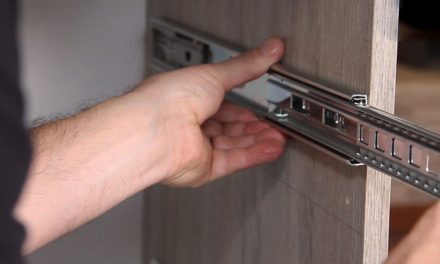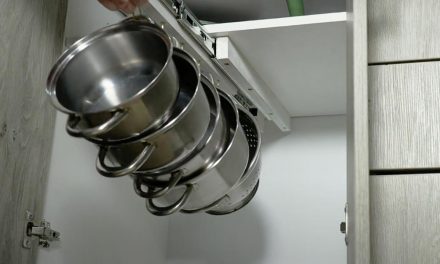You can install an alarm system in your own home in less than a day with little more than a screwdriver.
Most alarm systems come in standard parts: a control panel, motion sensors, window vibration sensors, sirens, door and window magnets, and smoke detectors.
What you need for a wireless alarm
Control panel: Install the control panel first. It is the centre of the system – the computer – and all other components are connected to it. Place the main panel near a door and close to the main entrance. If you have more than one keypad, the back entrance and master bedroom are good additional places.
Passive sensors come in a variety of types, the most common being Passive Infrared (PIR) sensors, which measure body heat. Others include motion detectors. Positioning a sensor is important: install it high, keep it away from direct sunlight, make sure it is unobstructed, and keep it away from heaters, fireplaces etc.
Door and window sensors detect intruders before they enter the house, which makes them a particularly effective deterrent. They generally involve magnetic contacts that trigger the alarm when contact is broken, or, when the door or window is opened. If you have sash windows or sliding windows, you can attach two magnetic mounts 15 centimetres apart – one in the closed position and one with the window open 15 centimetres. This will allow you to open the window slightly to allow for cooling and ventilation, and still set the alarm and receive an alert if the window is opened. Many security systems come with wall-mounts, decals or signs. Use them. They act as a deterrent. Test your system regularly to make sure all its components are working.
Top tip: More than half of burglaries involve break-ins on the ground floor, so prioritise ground-floor security.
What about pets?
Roaming pets can trigger false alarms, but many systems include settings or options that distinguish the movements, size and body temperature patterns of pets from those of humans. Most systems work well for animals up to 40 kilograms. The placement of passive sensors is also important to prevent false alarms caused by pets: place them high so that pets can’t get too close, and away from furniture pets can climb onto and set off the alarm.










